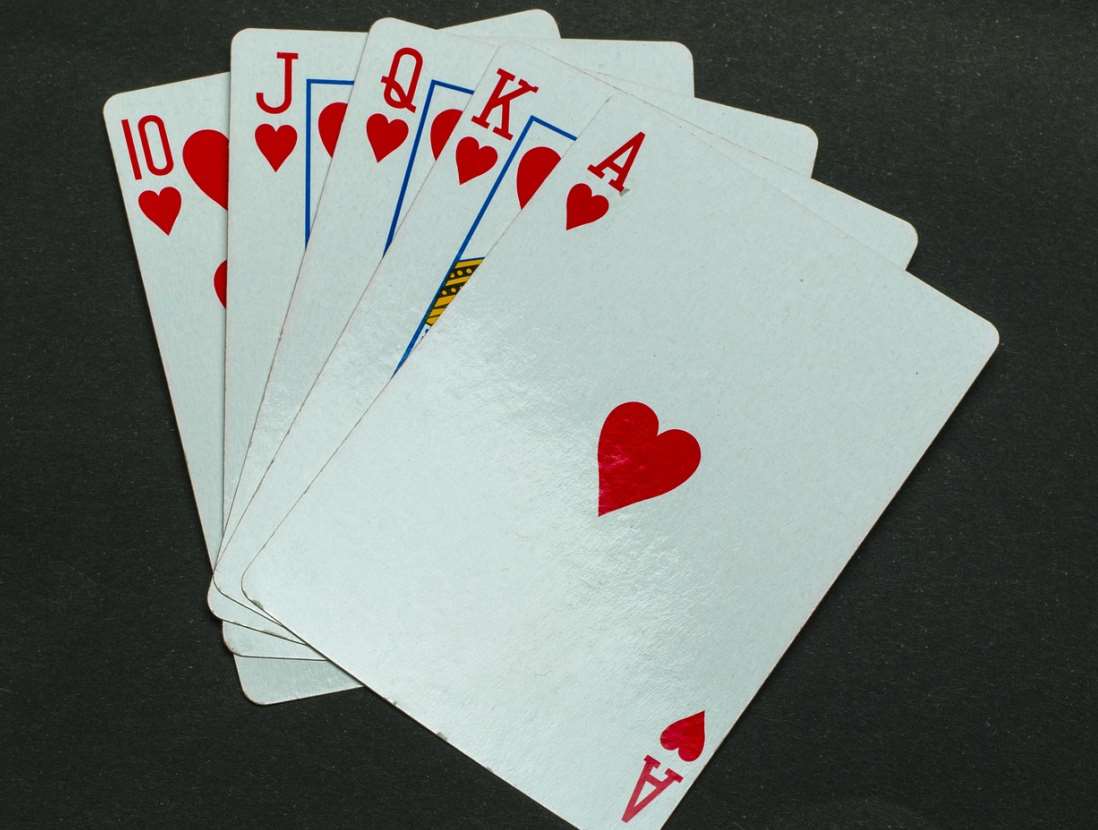Poker hand rankings are considered by many players to be the most important factor in how they play the game. It is the foundation upon which all other concepts, strategies, and tactics are built.
The Basics of Poker Hand Rankings
When a player is dealt a hand, they have seven cards from which to make the best five-card poker hand. The rank of each card is determined by its numerical value and its suit (whether hearts, diamonds, spades, or clubs).
A royal flush is the highest ranking hand and consists of a Ten, Jack, Queen, King, and Ace all in the same suit. After it comes a straight flush (five consecutive cards in one suit), followed by four of a kind (four cards of the same rank), then a full house (three matching cards plus two matching cards), a flush (five suited cards not in sequence), and finally a straight (five consecutive non-suited cards).
Other poker hand rankings are three of a kind, two pair, pair, and high card.
Mastering the Art of Poker Hand Rankings
Mastering the art of poker hand rankings requires a deep understanding of each hand’s relative strength and potential. Learning about poker hands in order and what sets one hand apart from another, as well as the frequency of each hand occurring in a given game, is key. For example, a royal flush is the rarest combination and therefore offers the highest payout in most games, while a straight flush is slightly less rare but still very powerful. Conversely, two pairs or three of a kind are much more common—but significantly weaker hands—and should not be relied upon to win when playing against an experienced opponent.
To increase your win rate, you need to become familiar with all possible combinations and understand how likely each one is to appear. By learning how to read your opponents’ betting patterns, you can assess their playing style and gauge how strong their hands are likely to be. You can also use this knowledge to take calculated risks when dealing with lower-ranking hands and try for bigger payouts when playing with stronger hands.
Reading your opponent’s betting patterns
To read an opponent’s betting pattern, you need to pay attention to the order in which they chose to bet and the amount they are betting. When an opponent bets first, it is usually indicative of them having a strong hand or trying to gain control over the betting round. If they raise the bet significantly when compared to the previous bet, then they likely have a strong hand they wish to protect. Conversely, if they check or call without raising their bet, then they may be bluffing or be on a draw that has yet to hit.
You should also look for trends in how your opponents bet over multiple rounds and hands. Are there certain times when they frequently bluff? Are there certain types of hands that always go all-in? Paying attention to these nuances can give you valuable insight into your opponent’s playing style and how best to counter it.
Additionally, paying attention to pot odds can give you further insight into your opponent’s strategy and whether or not their bets are intended as bluffs or value plays. For instance, if an opponent raises twice the pot size and their stack is much larger than yours, then it is likely they have a strong hand such as two pairs or three of a kind that has good potential for further improvement in later streets. On the other hand, if your stack is greater than theirs but only a fraction of the pot size was raised pre-flop, then it is more likely that either neither player has much of anything in terms of strength pre-flop and/or one player is attempting a bluff with some weak holdings such as connectors or suited cards, which could offer decent implied odds post-flop if successful.
Knowing how to assess your opponent’s hand strength can be invaluable for improving your own win rate at the tables.
Tips for Improving Your Strategy Through Understanding Poker Hand Rankings
- Learn the Numerical Value of Each Card: Knowing both the numerical value and suit of each card will help you familiarize yourself with poker card rankings and put them into practice during gameplay.
- Practice Reading Betting Patterns: As mentioned above, understanding how likely each hand is to appear can help you read your opponents’ betting patterns and determine their playing style.
- Play Free Online Poker Sites: Playing on free online sites allows you to gain experience without risking real money—making it a great way to perfect your knowledge of poker hand rankings before playing for more significant stakes!
- Explore Different Versions of Poker: Becoming proficient in different versions of poker such as Omaha or Texas Hold ‘Em allows players to better understand unique rules like wildcards which ultimately give them a competitive advantage against other experienced players!
- Take Calculated Risks When Dealing Lower-Ranking Hands and Get Bigger Payouts When Stronger Hands Are Present: With practice and patience combined with an advanced understanding, utilizing this knowledge to take calculated risks when dealing with lower-ranking hands and try for bigger payouts when playing stronger hands increases win rate exponentially!
Key Takeaway
Learning and applying knowledge about poker rankings is a key factor in improving your poker strategy. Ultimately, mastering poker hand rankings helps sharpen the skillset of any player, enabling them to make more informed decisions at the table, ultimately resulting in greater win rates!
Start your poker career today at GGPoker, the world’s largest poker room.

Speaks from heart, always too passionate and driven by emotions. Spins the words with kindness & sharpness, intriguing your ever-inscrutable minds.





